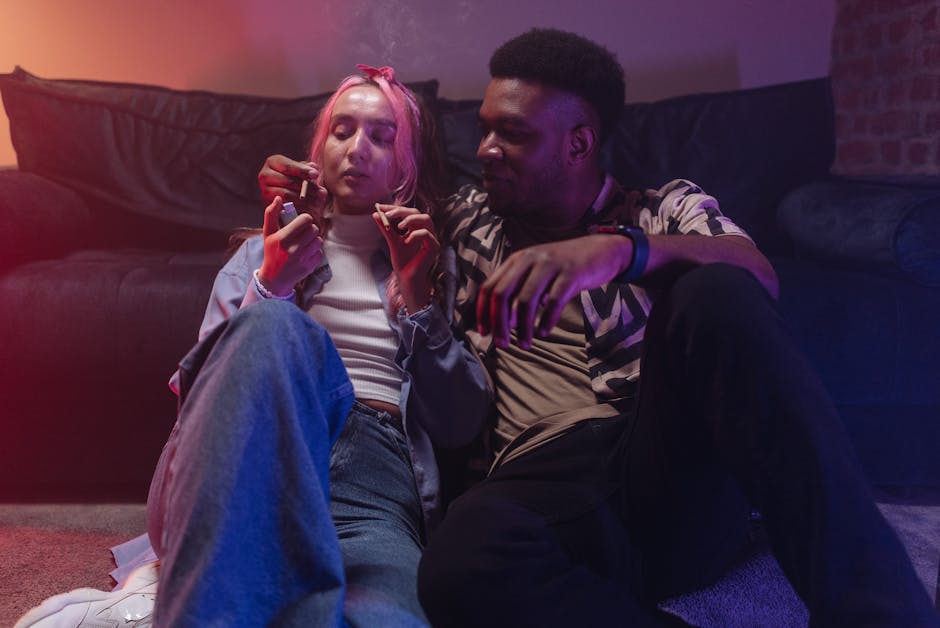Exploring the Rise of Cannabis Consumption Lounges
A cannabis consumption lounge is a dedicated social space where adults can legally consume cannabis products in a safe, regulated environment. These venues provide a solution for people who can’t smoke at home or who want to enjoy cannabis in a communal setting.
What is a Cannabis Consumption Lounge?
* Definition: Licensed venues where adults 21+ can legally consume cannabis products on-site
* Legality: Currently permitted in 12 states, DC, and the U.S. Virgin Islands
* Experience: Social atmosphere with comfortable seating, entertainment, and often food/beverage service
* Formats: Some lounges sell cannabis on-site, while others operate on a BYOC (bring your own cannabis) model
Cannabis consumption lounges solve a key problem in states with legal cannabis: while purchasing may be legal, many people have nowhere to consume it. Most rental properties, hotels, and public spaces prohibit cannabis use, making lounges one of the only legal options for many consumers.
These spaces have evolved significantly since the first U.S. consumption lounge opened in 2019. Modern lounges often feature sophisticated ventilation systems, trained staff who guide dosing (similar to bartenders), and a variety of entertainment options from live music to art exhibitions.
The business model continues to evolve as states update regulations. California’s Assembly Bill 1775, effective January 2025, will allow lounges to serve non-cannabis food and beverages in the same space as consumption


